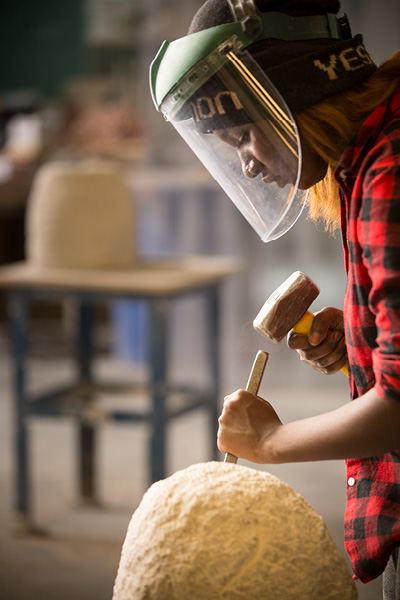
OVERVIEW
Visual Art and Art History
The Department of Visual Art and Art History offers a multifaceted experience, preparing students to become leaders in the creation, exhibition, critical understanding and communication of visual culture in diverse environments. Students are supported to develop unique professional studio practices in sculpture, print media, painting, drawing, photography and interdisciplinary art, working alongside distinguished artists in our studio program and leading scholars in the art history program. Bridging art creation, art history and curatorial practice, AMPD provides a unique interdisciplinary approach and the most acclaimed facilities in Canada, including Canada’s first Digital Sculpture Laboratory dedicated to the convergence of digital and physical art.
HIGHLIGHTS
Top 6 reasons to apply
50 years of visual arts leadership
Small classes taught by professional, practicing artists
State-of-the-art facilities with evening and weekend access
Weekly exhibition opportunities to showcase students’ artistic and curatorial talent
Opportunities to collaborate with artists in digital media, film and design
Canada’s first Digital Sculpture Laboratory dedicated to the convergence of digital and physical art
YOUR CHOICE
Two Degrees

OVERVIEW
Through intensive studio training supported by studies in the history and theory of art, students receive a thorough grounding in the production of art works and comparative cultural analysis across a wide range of traditional and contemporary media. In the initial foundation year, students take courses in all artistic media – painting, sculpture, print media, drawing, photography and interdisciplinary art – and then choose to specialize in one or more areas. At all levels, students are mentored by faculty members who are highly regarded artists with active professional practices.
York’s Visual Arts students are supported in their exploration and creation with access to facilities unrivalled in Canada, including the Joan Goldfarb Visual Arts Study Centre; the L. L. Odette Centre for Sculpture; spacious, state of the art studios; student-run exhibition galleries and the award-winning Art Gallery of York University.
Program highlights
Immerse yourself in Visual Arts at AMPD

Annual Open House
A public exhibition celebrating the work of senior BFA students with juried prizes which takes place each spring.

Capstone Courses
Year-long capstone studio courses with exhibition opportunities.

Odette Sculpture Residency
An opportunity to take Master Classes with a renowned Canadian or international artist.

“Art on Paper”
Contribute to the Department’s student run art journal.
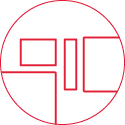
Exhibit Work
Exhibit in the Department’s two designated gallery spaces as well as in student run galleries across campus and in downtown galleries..

Professional Practices for Visual Artists
This fourth-year course gives students the practical tools and professional knowledge needed to transition to work as practicing artists and navigate their path through the extended contemporary art world.
Areas of Concentration
Explore a mix or specialize
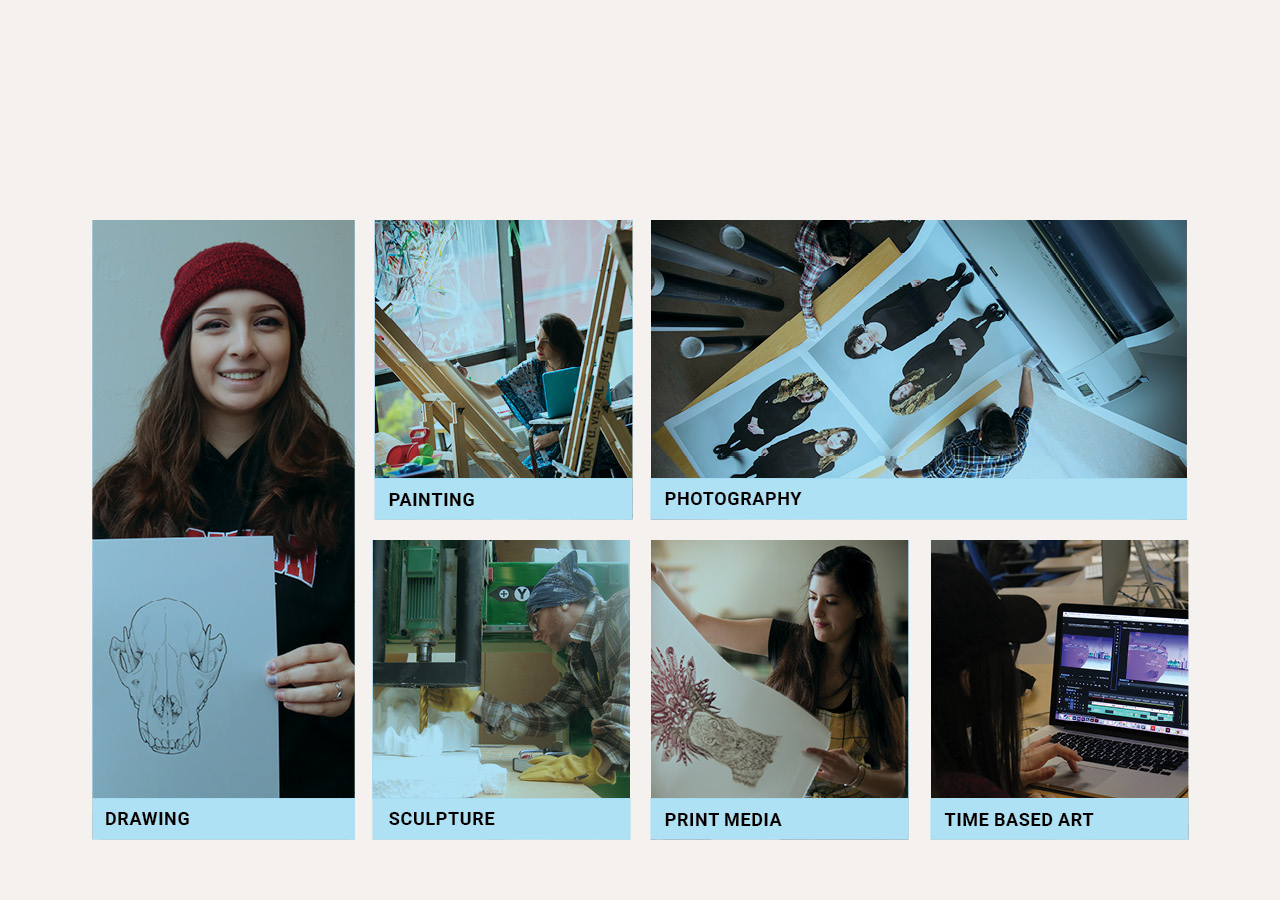
Drawing: Comics and Sequential Art
This course introduces students to the discipline of drawing as it is practiced in comics and sequential art. With a focus on medium, form, and process, this course teaches the fundamentals of making comics, emphasizing the hybrid nature of the form and its potential as a medium for self-expression.
Painting: Shifting the Boundaries of Abstraction
This course examines the recent shift of the boundaries of abstraction and figuration in pictorial experience. In a series of paintings, students create new relationships between abstraction and figuration by using the visual strategies of convergence, interference and mutation.
Introductory Photography: Black and White
This course focuses on the creation and production of black and white photographs in this hands-on studio course. Camera, film and print skills are developed in conjunction with critical and aesthetic awareness.
Portfolio Interview
GOODLUCK!
1Assemble a portfolio of your best recent work, including 8-10 pieces in different media, including a sketchbook.
2After applying to York, you will receive an email from AMPD inviting you to begin the portfolio review. Register in AMPD’s supplementary evaluation system to begin this process, and complete the online questionnaire.
3In the supplementary evaluation system, upload digital files of your work. You can add descriptions of your work and a video file of your sketchbook in this section as well.
4Acceptance will be based on a balance of your academic achievement, your portfolio and your interview. Following your interview, check your application status in York’s MyFile. It can take up to two months for a decision, although it is not uncommon for applicants to hear back within a few weeks.
- Independent artist
- Curator
- Art Critic
- Art teacher
- Scenic painter for film, television or theatre
- Special effects artist for screen-based media including gaming
- Studio technician
- Art consultant
- Art buyer
- Gallery director
- Exhibit designer
- Illustrator
- Photographer
- Multimedia consultant
- Community arts advocate
- Arts administrator
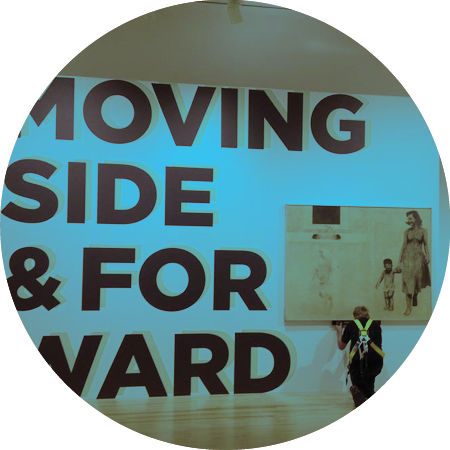
OVERVIEW
The Visual Arts – Art History (BA) program emphasizes the relationships between visual art and its social contexts, including global cultural exchange. The curriculum focuses on modern and contemporary art, indigenous and settler art of the Americas, Asian art, western art and architecture, art criticism, and curatorial studies. Students have hands-on access to original works of art to explore practical applications of museum and gallery studies.
Program highlights
Immerse yourself in Visual Arts at AMPD

Toronto’s World Class Museums and Galleries
Art history classes take full advantage of Toronto’s world class museums and galleries for class visits and assignments.

Art Gallery of York University
Access to volunteer and job opportunities at the Art Gallery of York University, an award-winning contemporary art gallery on campus.
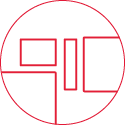
Joan Goldfarb Art Study Collection
Upper level seminar course in which students curate an exhibition from the department’s own Goldfarb Study Collection (includes work by Andy Warhol, Jack Bush and Jean-Paul Riopelle).

“Art on Paper”
Students have opportunities to submit their writing and art to the Department’s student run art journal.

Exhibit Work
Students can curate exhibitions in the Department’s two designated gallery spaces as well as in student-run galleries across campus.
Areas of Concentration
Explore a mix or specialize
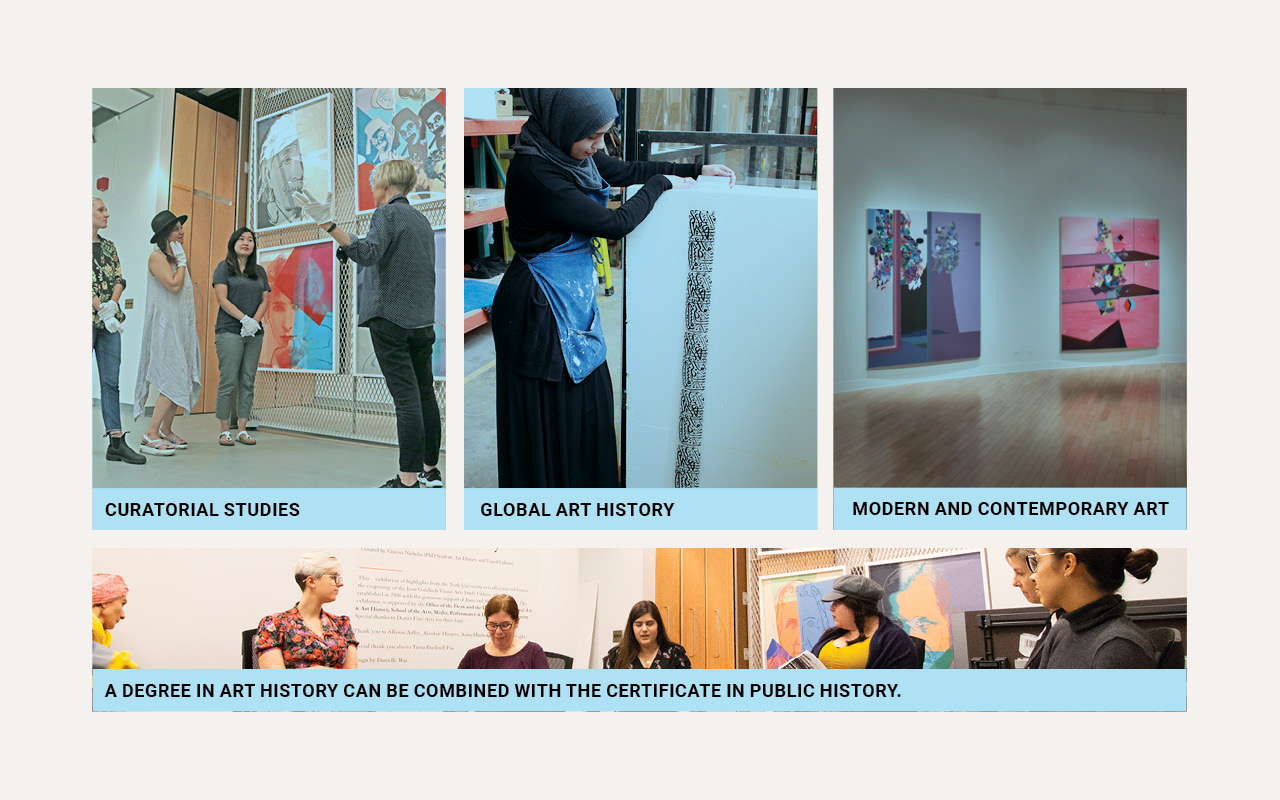
Sample Courses:
Curatorial Studies: Practices of Display
This course examines the medium of exhibition, particularly how the placement of artifacts creates specific aesthetic, semiotic and ideological contexts. Topics explore the display practices of curators, artists, interpreters, designers, collectors, and dealers. Analysis includes a wide range of display forms including museums, galleries, artist-run centres, virtual exhibitions, as well as site specific installations by artists and curators.
1960a Art in the USA and Europe
This course examines the work, processes and context of artists who emerged in Europe and the United States immediately after the Abstract Expressionists and their European counterparts. These may include: Post-painterly Abstraction, proto-Pop, Pop Art, Cubist-Constructivist sculpture, Minimalism, photo-realism, earth art, kinetic art, the El Paso group in Madrid, Joseph Beuys, the beginning of post-modern architecture, and early performance art.
The Art of Asia
This course provides an interdisciplinary introduction to the art and architecture of East Asia, exploring a wide range of representations from artifacts and artworks to popular media and the built-environment. Discussions focus on issues of identity formation, political ethics, religious authorities, the nation-state, modernity, colonialism, and race/gender relations.
- Educator
- Archivist
- Museum Curator
- Gallery Curator
- Art Consultant
- Art Buyer
- Appraiser
- Auctioneer
- Art Critic
- Art Conservation and Restoration
- Exhibit designer
- Community arts advocate
- Arts administrator
CROSS-DISCIPLINARY
Certificate Program
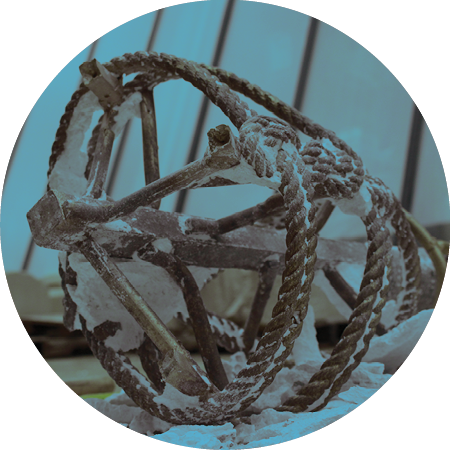
OVERVIEW
The Cross-Disciplinary Certificate in Public History can be completed concurrently with a York bachelor’s degree. The Certificate in Public History provides students with an introduction to the theory, methods, and practice of work in historical, heritage, and cultural institutions, and a critical understanding of the production and presentation of historical knowledge for public audiences.
Public (or “Applied”) History describes the theory, methodologies, and practices of professional historians who work outside academic institutions in various agencies and organizations devoted to historical research, preservation, and educational programming, including museums, historic sites, archives, galleries, government and non-government organizations, and online venues. It also encompasses the ways that history is produced for and understood by public audiences in a wide range of venues including public school classrooms, television documentaries, popular history writing and family history albums. This Certificate is offered collaboratively by the Department of History in the Faculty of Liberal Arts and Professional Studies, Glendon College, and the Department of Visual Art and Art History in AMPD.
Program highlights

12-WEEK PLACEMENT
12-week placement that helps students develop professional skills and knowledge for entry into careers in museums, archives, historic sites and other related settings

WORK ACROSS DISCIPLINES
Equips students to work across disciplines in with diverse communities.

HANDS-ON EDUCATION
Provides opportunities for hands-on education and experience.

EXPLORE PUBLIC HISTORY
Students explore a range of public history settings and organizations, broadening their personal experiences and career opportunities.
Popular sample courses
Curatorial Studies: Practices of Display
This course examines the medium of exhibition, particularly how the placement of artifacts creates specific aesthetic, semiotic and ideological contexts. Topics explore the display practices of curators, artists, interpreters, designers, collectors, and dealers. Analysis includes a wide range of display forms including museums, galleries, artist-run centres, virtual exhibitions, as well as site specific installations by artists and curators.
Art Institutions/Art Networks: Introduction to Museums, Galleries and Visual Art Organizations
This course considers the participation of art institutions and organizations – including the modern museum and art gallery – in cultural networks engaged in arts education, promotion, and support, now subject to post-modern and post-colonial critiques.
Public Art and Community
This course provides a critical understanding of concepts and practices of modern monumentality. It explores cases of monuments, memorials, exhibitions and masse gatherings and parades in modern Asia and beyond and discusses issues of disciplinary state, formation of community and memory politics
Have Questions?
WE HAVE ANSWERS
-
- Independent Studies applicants must be in their final year of study
- Independent Studies applicants must have successfully completed a 4000-level course in the requested area of study e.g., painting, sculpture, 20th century art, Renaissance, etc.
- Students can only take 6.0 credits in Independent Studies in a single academic session.
-
- Admission to the Art History (BA Honours) program is based solely on academic performance.
- Admission to Visual Arts (BFA Honours) program is based both on academic performance and artistic merit. Both programs require the completion of a portfolio.
- Visual Arts (BFA)
- The applicant portfolio should comprise 8 artworks that illustrate the student’s technical and creative abilities. At least two different media should be presented from the following: drawing, photography, sculpture, digital art, printmaking, computer-generated imagery, painting, audio-video, experimental work. Slides or photographs are acceptable for large or awkward pieces but original, unmounted artwork is preferred. Your portfolio may include work carried out for class assignments as well as independent projects. A current sketchbook, idea book or journal is required and will count as one of your 8 pieces.